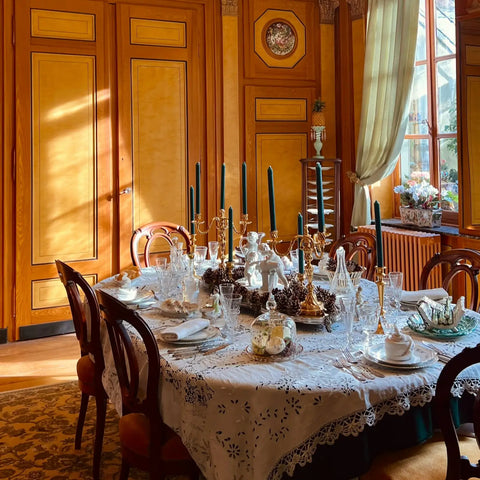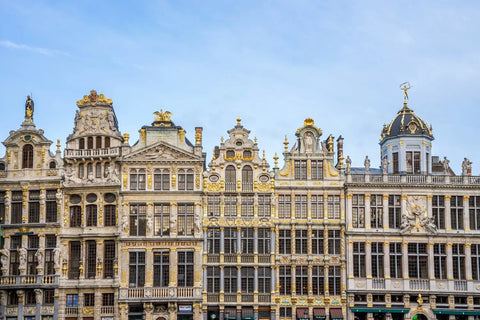
The European Journey of Tea: From Exotic Luxury to Everyday Pleasure
Share
Tea, one of the most beloved beverages worldwide today, has a fascinating history, especially in Europe. Although this beverage has been an integral part of Eastern culture for centuries, it wasn’t until the 16th century that tea made its way to the European continent. This European journey of tea, starting with explorers and ending as a cultural pillar, tells the story of a simple beverage that has had a lasting impact on European culture.
Meeting the East: Portugal and the Netherlands
The European introduction to tea began in the early 16th century, thanks to the Portuguese explorers who were the first to make contact with Chinese civilization. Although Portugal played a crucial role in this first encounter, it was the Netherlands that brought tea to Europe. Around 1606, Dutch traders, via the Dutch East India Company (VOC), brought the first shipments of tea to Amsterdam. In the Netherlands, tea quickly became a luxury item, especially popular among the wealthy elite. Drinking tea was a status symbol during this period, enjoyed in the wealthy homes of Amsterdam and other important trading cities.

Tea in England: From Aristocratic Pleasure to Popular Drink
Although tea first entered Europe in the Netherlands, it experienced its greatest cultural flowering in England. In 1662, the marriage of King Charles II to Catherine of Braganza, a Portuguese princess and tea lover, brought the drink to the English court. Her influence quickly made tea popular among the aristocracy, and this quickly spread to wider layers of society.
In the 18th century, tea became the national drink of England, partly due to the East India Company importing large quantities of tea from China. Teahouses sprang up all over London, and drinking tea became a social ritual that became deeply rooted in English culture.
Tea Trade and its Political Impact
The rise of tea in Europe had not only cultural but also important political implications. High taxes on tea in England during the 18th century caused discontent, leading to the infamous Boston Tea Party incident in 1773. American colonists rebelled against British taxes by dumping a shipment of tea overboard in Boston Harbor, an event that contributed to the tensions that eventually led to the American Revolutionary War.

The European Distribution of Tea
As tea consumption increased in England, the drink's popularity spread to other European countries. In France, tea was associated with the aristocracy, although it never played such a ubiquitous role as in England. In Russia, by contrast, tea became a national drink, strengthened by trade along the Silk Road. A unique tea culture developed here, with strong tea, often served with sugar and lemon, becoming a regular part of everyday life.
Conclusion: Tea as a Cultural Treasure of Europe
The journey of tea through Europe is a story of trade, culture and politics. What once began as an exotic luxury item is today one of the most beloved beverages in many European countries. From the first shipments brought to Amsterdam by the Dutch East India Company, to the refined tea rituals in England and Russia, tea has had a lasting impact on European society. Today, tea is not only a beverage, but also a symbol of coziness, tranquility and tradition, deeply woven into the daily lives of millions of people in Europe and beyond.
With this in mind, we can appreciate every cup of tea as an echo of a rich heritage that goes back centuries and has changed the world.
Want to know more? Visit our central tea guide for an in-depth exploration of all aspects of tea.



